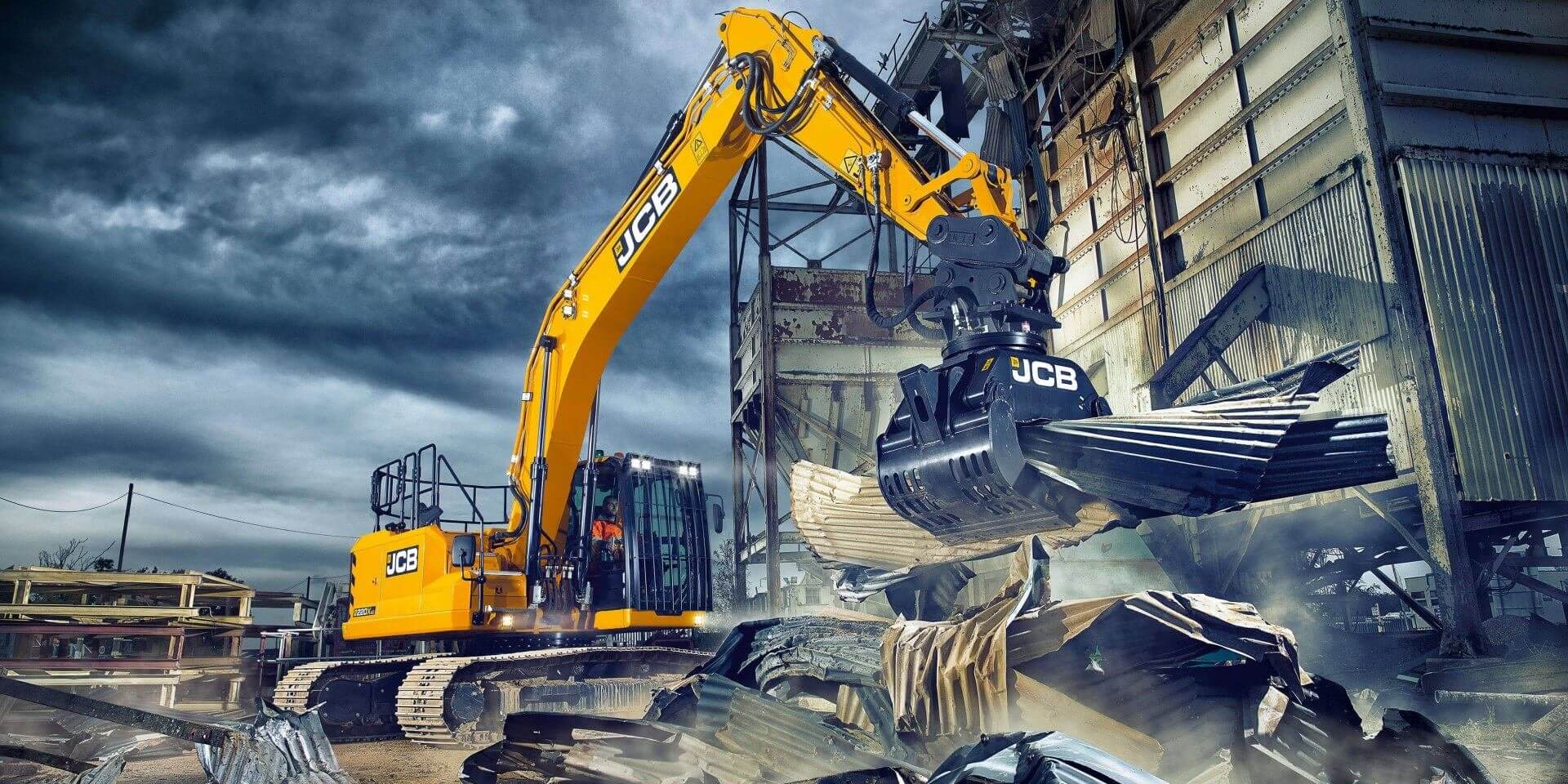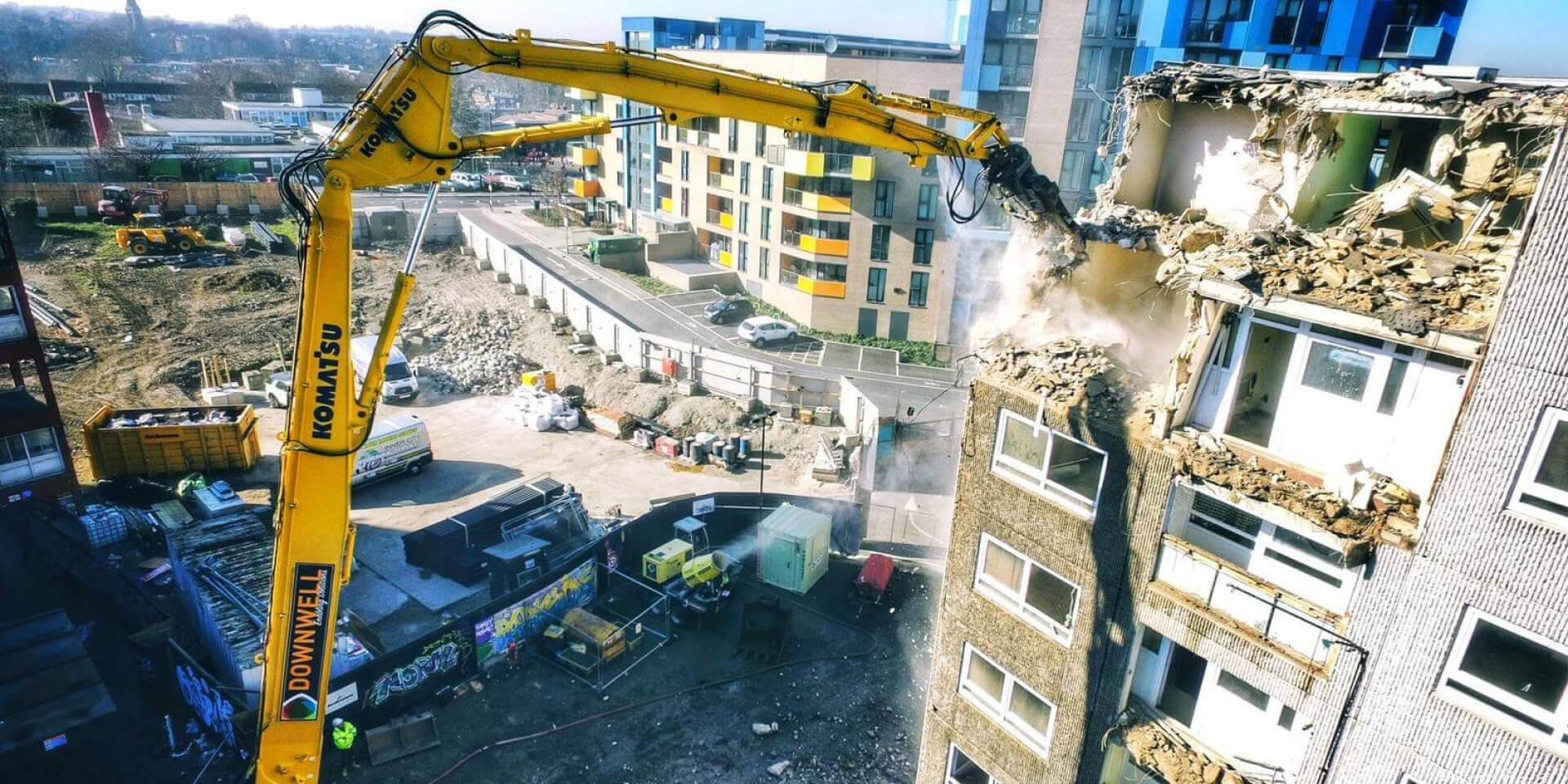Bid process under scrutiny.
A firm associated with former Pittsburgh Housing Authority employee Gabriel S. Fontana has been hired to do site demolition and reconstruction work related to that agency, including some that was competitively bid, some that was not, and some that was awarded through a process that has raised questions in the razing industry.
Fontana, who left the authority in 2003 following a Post-Gazette story about his 1998 guilty plea for conspiracy to sell cocaine and money laundering, is associated with a company that last year won a three-year, $1.6 million contract to train and supervise residents who will tend the authority’s grounds. That company, Pittsburgh Property Maintenance, was incorporated nine days before it bid on the contract.
Fontana’s demolition company, Three Rivers Dismantlement, was incorporated Oct. 31, 2011. It has done a handful of private demolition jobs since then, according to Bureau of Building Inspection online records.
Three Rivers Dismantlement has become involved in at least three Housing Authority jobs.
The first, a $117,750 contract to reconstruct a collapsed hillside in Homewood North, was competitively bid in a process that started in August, and Three Rivers Dismantlement was by far the lowest bidder. The second, for which the firm was paid $19,000 to replace a failed 8-inch water shut-off valve at Northview Heights, was awarded over the winter on an emergency basis with just Three Rivers Dismantlement’s bid.
Read more here.








